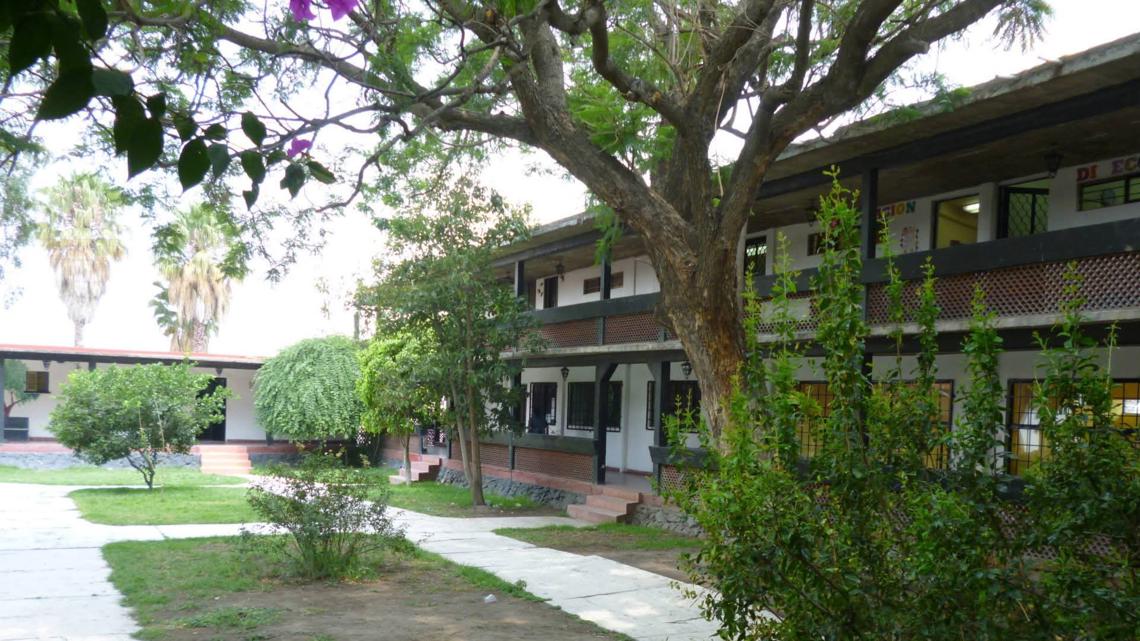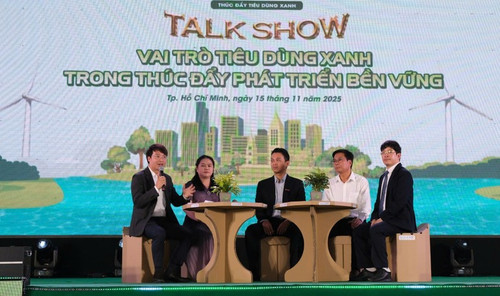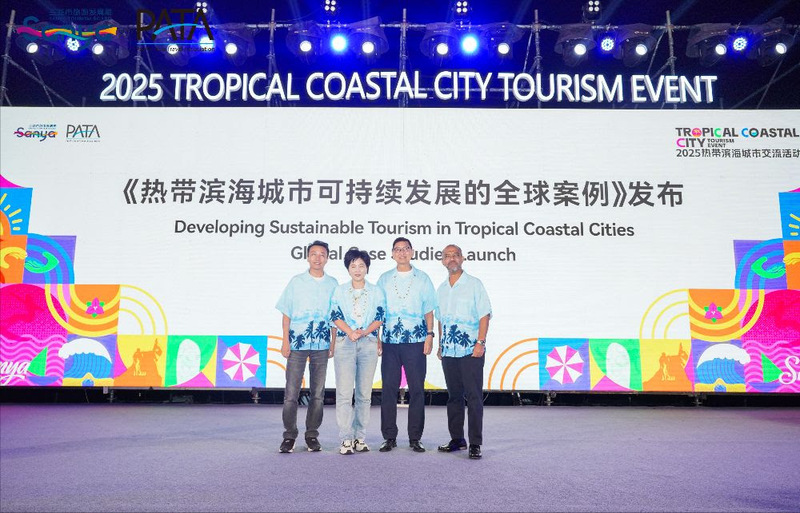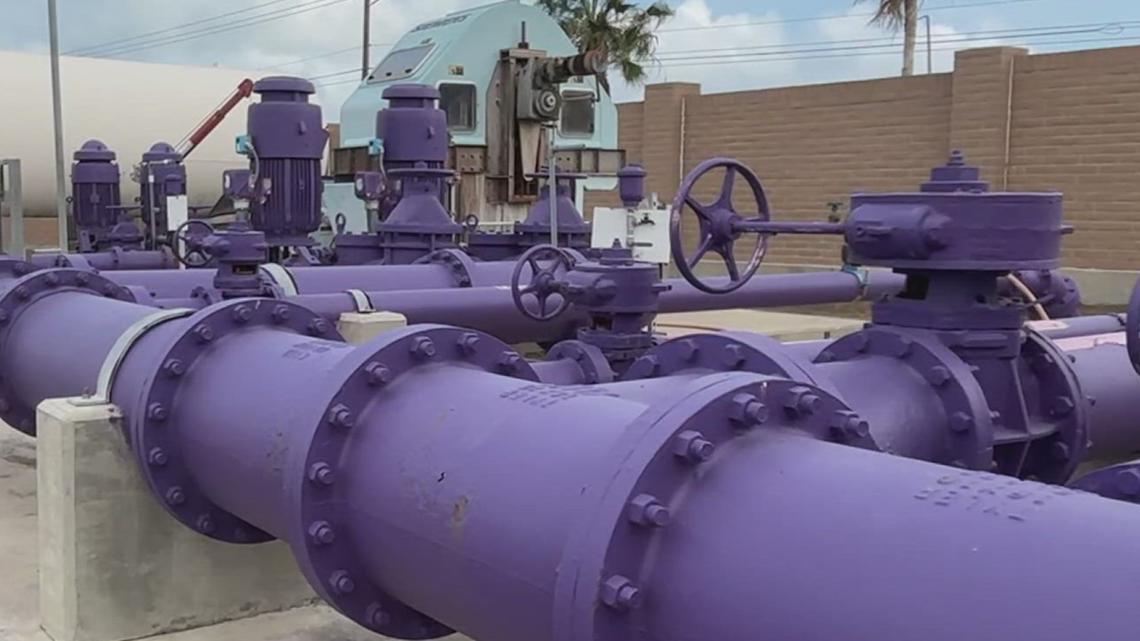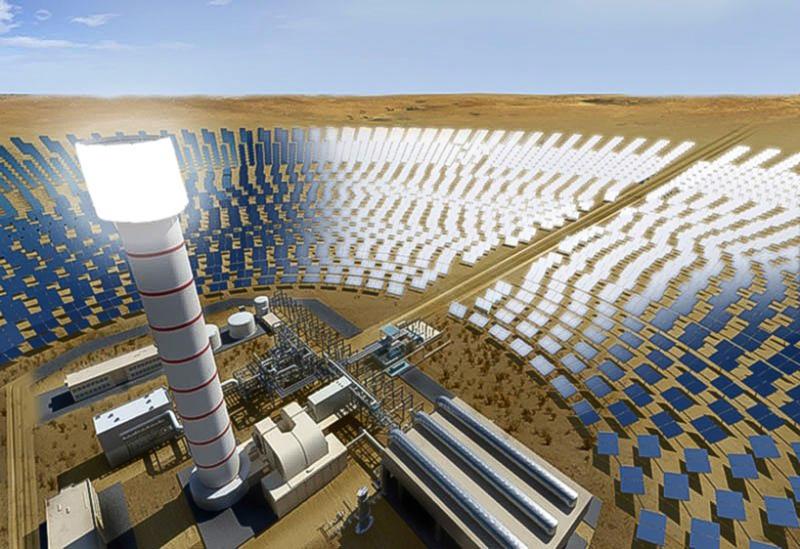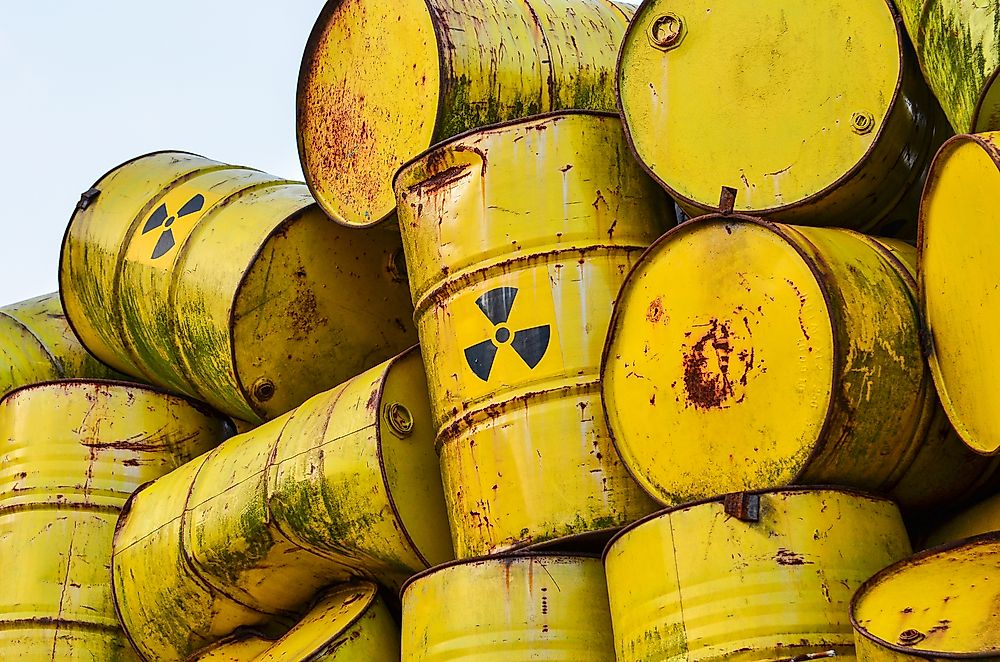Back Contact Solar Technology Set to Usher in the Next Industrial Leap for Global Photovoltaics – AltEnergyMag

Advancements in Solar Photovoltaic Technology and Contribution to Sustainable Development Goals
Introduction: The Role of Solar PV in Achieving SDG 7
Solar Photovoltaic (PV) technology is projected to be a primary driver in achieving Sustainable Development Goal 7 (Affordable and Clean Energy). By 2030, PV is expected to constitute over 70% of new renewable energy capacity, establishing it as the world’s largest single source of renewable power. Projections indicate that by 2050, cumulative solar installations could reach 18,200GW, potentially supplying nearly half of the global electricity demand. This expansion is critical for ensuring universal access to affordable, reliable, and sustainable energy. However, the industry must overcome challenges such as overcapacity and price fluctuations through continuous innovation.
Technological Innovation for SDG 9: Back Contact (BC) Technology
Back Contact (BC) solar technology represents a significant advancement in support of SDG 9 (Industry, Innovation, and Infrastructure) by enhancing manufacturing efficiency and performance. By relocating all electrical contacts to the rear of the solar cell, BC technology eliminates front-side metal shading, which substantially increases light absorption. This design facilitates mass-production efficiencies exceeding 27%, a notable improvement over conventional technologies. The transition of BC technology from a niche concept to a mainstream industrial solution has been enabled by key innovations.
- Laser Patterning: This process has replaced photolithography, reducing manufacturing costs by over 60% and increasing throughput by a factor of forty.
- Wet-process Simplification: The number of chemical processing steps has been reduced from ten to three, cutting processing time in half.
- Zero-busbar and Parallel Soldering: These techniques decrease silver consumption by 30%, which enhances module reliability and contributes to more sustainable production patterns.
Performance, Reliability, and Impact on SDG 13 (Climate Action)
The superior performance of BC technology directly contributes to SDG 13 (Climate Action) by accelerating the transition to low-carbon energy sources. In March 2025, BC cells achieved a world-record efficiency of 27.81%, approaching the theoretical maximum for silicon-based cells. Field data from demonstration projects confirm that BC modules provide significantly higher energy yields.
- Under clear conditions, BC modules generate between 1.2% and 3.2% more power than leading TOPCon modules.
- Under partial shading, a common urban challenge, BC modules can produce up to 33% higher output.
This enhanced power generation, coupled with a lower material intensity, strengthens the economic and environmental case for solar energy, making it a more effective tool in mitigating climate change.
Sustainable Production and Applications for SDG 11 and SDG 12
BC technology promotes SDG 12 (Responsible Consumption and Production) through its resource-efficient design, notably the reduced use of silver. This lower material intensity and reduced carbon footprint align with increasing global demand for sustainable products and stricter environmental regulations.
Furthermore, the technology’s high efficiency and tolerance to shading make it exceptionally suitable for diverse applications that support SDG 11 (Sustainable Cities and Communities). Key applications include:
- Urban rooftop installations
- Floating solar farms
- Desert-based power systems
- High-value commercial projects
Market Outlook: A Shift Towards Value-Based Competition
Industry analysis forecasts that BC modules will secure over 60% of the global PV market share by 2030. This growth signifies a market shift from price-based competition to a value-based model. In this new paradigm, key performance indicators such as energy yield, long-term reliability, and lifecycle sustainability become the primary determinants of success. As the global energy transition progresses, BC solar technology is positioned to lead the PV sector in delivering sustainable, high-value energy solutions aligned with global development goals.
Identified Sustainable Development Goals (SDGs)
The article on Back Contact (BC) solar technology addresses or connects to the following SDGs:
- SDG 7: Affordable and Clean Energy – The entire article focuses on advancing solar photovoltaic (PV) technology, a primary source of clean energy. It discusses making this energy more efficient and cost-effective, directly contributing to the goal of ensuring access to affordable, reliable, sustainable, and modern energy for all.
- SDG 9: Industry, Innovation, and Infrastructure – The text highlights significant technological innovation (BC technology) and process improvements (laser patterning, wet-process simplification) that are upgrading the solar manufacturing industry. This fosters resilient infrastructure and promotes inclusive and sustainable industrialization.
- SDG 12: Responsible Consumption and Production – The article details how innovations in BC technology lead to more sustainable production patterns. It explicitly mentions “reducing silver usage by 30%,” “lower material intensity,” and cutting chemical steps, all of which contribute to the efficient use of natural resources.
- SDG 13: Climate Action – By promoting a more efficient and scalable solar technology, the article directly addresses a key strategy for combating climate change. The text mentions the role of this technology in the “global energy transitions” and its ability to help meet “tightening carbon-footprint regulations,” which are urgent actions to mitigate climate change and its impacts.
Specific SDG Targets
Based on the article’s content, the following specific SDG targets can be identified:
- Target 7.2: By 2030, increase substantially the share of renewable energy in the global energy mix.
- Explanation: The article provides clear projections supporting this target, stating, “By 2030, PV is expected to account for more than 70% of new renewable energy capacity, making it the single largest renewable power source worldwide.” It further projects that by 2050, solar installations could “meet nearly half of global electricity demand.”
- Target 9.4: By 2030, upgrade infrastructure and retrofit industries to make them sustainable, with increased resource-use efficiency and greater adoption of clean and environmentally sound technologies and industrial processes.
- Explanation: The article describes BC technology as a “sustainable and cost-efficient solution” that upgrades the PV industry. It details process innovations that increase resource-use efficiency, such as “Laser Patterning replacing photolithography, reducing manufacturing costs by over 60%,” “cutting chemical steps from ten to three,” and “reducing silver usage by 30%.”
- Target 9.5: Enhance scientific research, upgrade the technological capabilities of industrial sectors in all countries… encouraging innovation.
- Explanation: The core of the article is about a technological breakthrough evolving “from a high-cost, niche solution to a scalable, industrial mainstream option.” The achievement of a “world-record efficiency of 27.81%” for BC cells is a direct result of enhanced scientific research and innovation that upgrades the technological capabilities of the solar industry.
- Target 12.2: By 2030, achieve the sustainable management and efficient use of natural resources.
- Explanation: The article points to the “lower material intensity” of BC modules and specifically quantifies the more efficient use of a natural resource by stating that new soldering techniques are “reducing silver usage by 30%.”
Indicators for Measuring Progress
The article mentions or implies several indicators that can be used to measure progress towards the identified targets:
- Indicator for Target 7.2: Share of renewable energy in total final energy consumption.
- Explanation: The article provides specific data points that serve as direct indicators of this share. These include the projection that “PV is expected to account for more than 70% of new renewable energy capacity” by 2030 and that cumulative installations could “meet nearly half of global electricity demand” by 2050.
- Indicator for Target 9.4 & 13.2: CO2 emission per unit of value added (Carbon Footprint).
- Explanation: The article implies this indicator by mentioning the “growing pressure to innovate for higher yields and reduced carbon footprints” and positioning BC modules as a solution for developers “operating under tightening carbon-footprint regulations.” This shows that the carbon footprint is a key metric for measuring the sustainability of the technology.
- Indicator for Target 9.5: Research and development expenditure as a proportion of GDP / Technological efficiency.
- Explanation: While not mentioning R&D expenditure, the article provides a direct measure of technological progress and efficiency. The “mass-production efficiencies above 27%” and the “world-record efficiency of 27.81%” serve as concrete indicators of successful innovation and upgraded technological capabilities in the solar industry.
- Indicator for Target 12.2: Material Footprint / Domestic Material Consumption.
- Explanation: The article provides a specific, quantifiable indicator for the efficient use of materials by stating that process innovations lead to “reducing silver usage by 30%.” This directly measures progress in achieving more sustainable management of natural resources in the production process.
Summary of SDGs, Targets, and Indicators
| SDGs | Targets | Indicators Identified in the Article |
|---|---|---|
| SDG 7: Affordable and Clean Energy | 7.2: Increase substantially the share of renewable energy in the global energy mix. | Projected share of PV in new renewable capacity (70% by 2030); Projected share of solar in global electricity demand (nearly half by 2050). |
| SDG 9: Industry, Innovation, and Infrastructure | 9.4: Upgrade infrastructure and retrofit industries to make them sustainable, with increased resource-use efficiency and greater adoption of clean technologies. | Reduction in manufacturing costs (over 60%); Reduction in chemical steps (from ten to three); Reduced carbon footprints. |
| SDG 9: Industry, Innovation, and Infrastructure | 9.5: Enhance scientific research, upgrade the technological capabilities of industrial sectors. | Mass-production efficiency levels (above 27%); World-record cell efficiency (27.81%). |
| SDG 12: Responsible Consumption and Production | 12.2: Achieve the sustainable management and efficient use of natural resources. | Reduction in silver usage (30%); Lower material intensity of modules. |
| SDG 13: Climate Action | 13.2: Integrate climate change measures into policies, strategies and planning. | Adoption of technology to meet “tightening carbon-footprint regulations.” |
Source: altenergymag.com
What is Your Reaction?
 Like
0
Like
0
 Dislike
0
Dislike
0
 Love
0
Love
0
 Funny
0
Funny
0
 Angry
0
Angry
0
 Sad
0
Sad
0
 Wow
0
Wow
0









